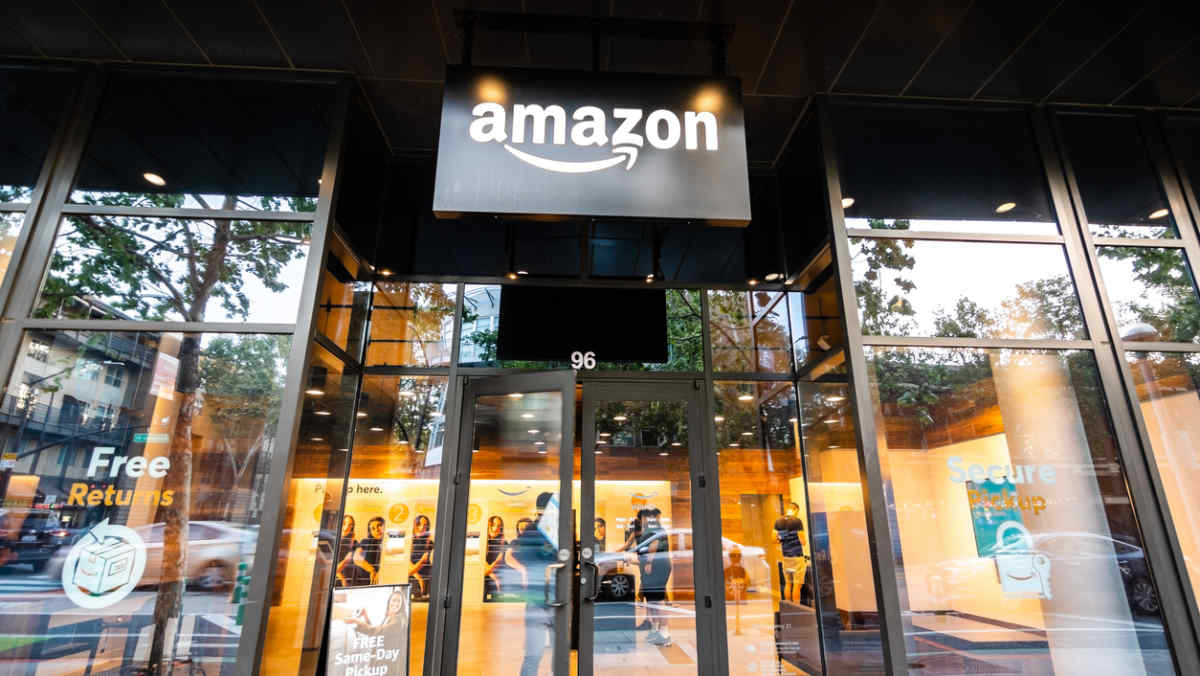

Amazon has rolled out a slew of new benefits for its employees, including an emergency savings fund, a mental health app and financial counseling, as wellness challenges mount for workers.
The new benefits come as employers navigate a precarious time: Companies are seeing massive dips in employee well-being, while at the same time trying to compete for talent in a tight labor market and stay ahead of economic pressures.
“We have a number of listening channels to understand what the top and evolving needs of employees and their families are,” said Lian Neeman, director of global benefits at Amazon. “There were financial and mental health concerns that cropped up, and we knew we wanted to address them.”
Amazon’s new benefits, introduced in July, expand the retail giant’s FamilyFlex program—which was launched in late 2021 and focuses on a number of benefits, including family benefits, parental leave, work/life balance and flexibility—and have already garnered positive feedback from workers who are eager for more help.
The focus on financial wellness is a no-brainer, Neeman told SHRM Online, as employees have been hit hard by continued high costs of living and are looking for guidance on how to stretch their dollar.
A slew of recent statistics finds that financial stress has risen exponentially for workers in the past year. A report from financial wellness firms Salary Finance and FinFit, for instance, found that roughly half of workers say they are suffering from financial stress and that it’s affecting their mental health.
“When you’re in an inflationary environment, people are focused on, ‘How can I make my dollar go further?’ When you go to the grocery store, eggs and milk and things like that are more expensive these days—whatever your salary is,” Neeman said. “That certainly informs our strategy and what areas we choose to invest in.'”
Among the retailer’s new financial benefits are a free counseling perk—all employees, along with their families and household members, can access a free 30-minute consultation for each financial issue they’d like to discuss—and a financial health resource through provider Brightside Financial Care that employees can use to reduce or consolidate debt, create spending plans, discuss short- and long-term financial goals, or access resources for other needs.
Amazon also is implementing an emergency savings fund that helps employees save for a rainy day directly from their paycheck. Employees can set aside a portion of their paycheck automatically each pay period and access the funds when they are most needed. Emergency savings funds are a fairly new offering among employers: Just 2 percent of employers said they offer such a program, according to SHRM’s 2023 Employee Benefits Survey.
Mental health benefits are another focus for Amazon, with Neeman pointing to mental health as a “crisis that is affecting our country.”
“People are expecting more,” she said. “And it’s led us down a path of, ‘How do we support not just our employees, but their families?’ “
Amazon increased the number of free general counseling sessions for employees, offering workers five sessions every year, up from three; added a 24/7 virtual mental health support through the app Twill; and added free pediatric mental health counseling via Brightline.
Amazon also is enhancing cancer care benefits: It’s now offering in-house cancer case management for employees and employees’ family members who have been diagnosed with cancer, as well as a travel and lodging benefit when eligible workers receive an evaluation or treatment out of town.
Amazon’s benefits announcement is the latest in a string of employer benefits and compensation moves. In July, Chobani boosted wages and announced it was increasing its 401(k) match and adding a child care and elder care benefit later this year, while Walmart last week said it is adding a financial literacy education benefit for employees.
Although signs of economic instability have caused some reluctance in benefits investments—some employers have been eying cuts to benefits programs in preparation of a potential recession—it appears that the continuing tight labor market and high employee expectations are largely causing employers to keep or boost benefits.
Research from consulting firm WTW earlier this month, for instance, found investment in employee benefits remains a key priority for most U.S. employers, although many still face cost challenges as benefit expenses continue to rise. Competition for talent (80 percent) and rising costs (67 percent) are the top two priorities influencing employers’ benefits strategies, followed by focus on inclusion and diversity (41 percent) and rising mental health issues (39 percent), according to WTW’s Benefit Trend Survey.
“Employee benefits are significant differentiators in attracting and retaining key talent, and companies must prioritize them in order to be an employer of choice,” said Courtney Stubblefield, managing director and insights and commercialization leader for health and benefits at WTW. “Employers must focus on what their workforce needs by assessing the value of benefits and their impact on employees.”
Neeman said competitive benefits clearly help Amazon vie for talent, but more importantly, the move is about supporting employees. That support in turn will only help the company’s goals, she said.
“We want employees to be supported; we want to create an environment where they can come into work and focus on inventing and delivering on behalf of customers,” she explained. “And you get to that place when you have healthy, supported employees who understand the full value proposition of Amazon and what it means to be Earth’s best employer.”
